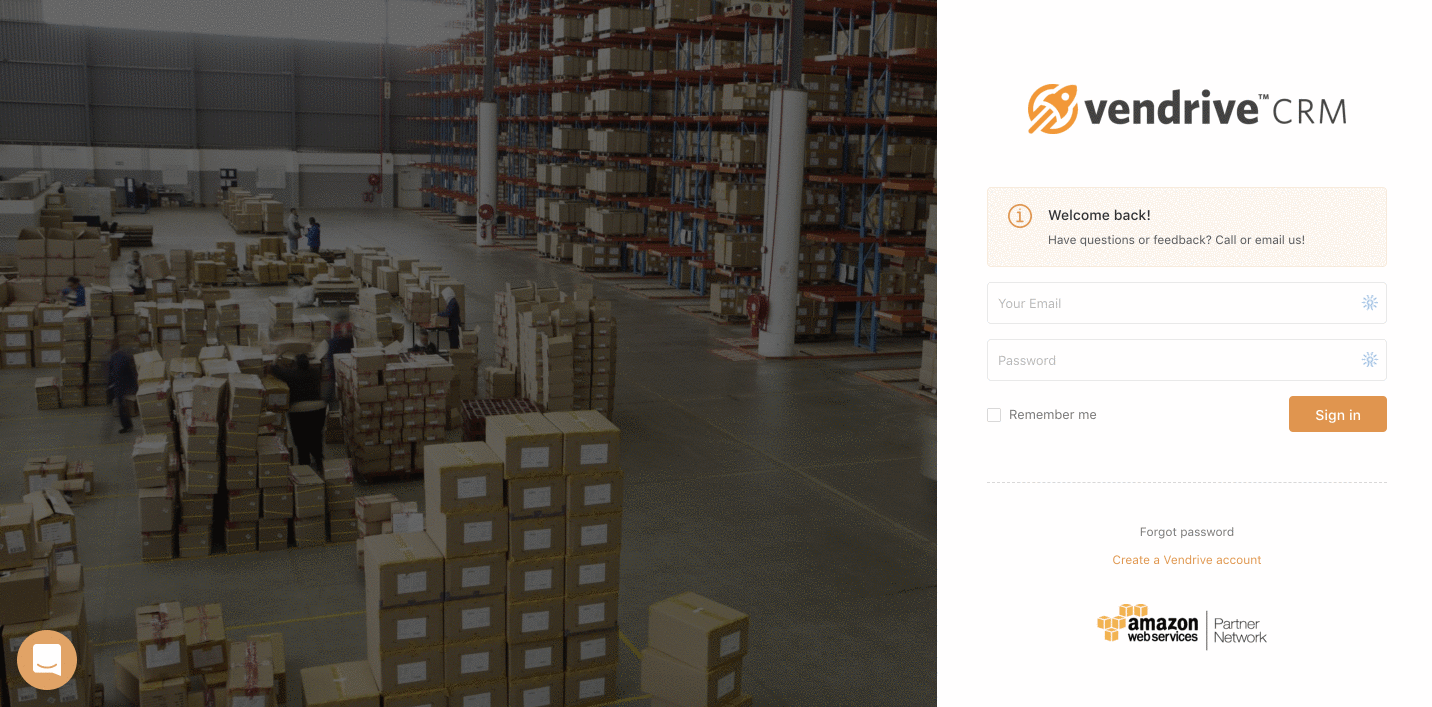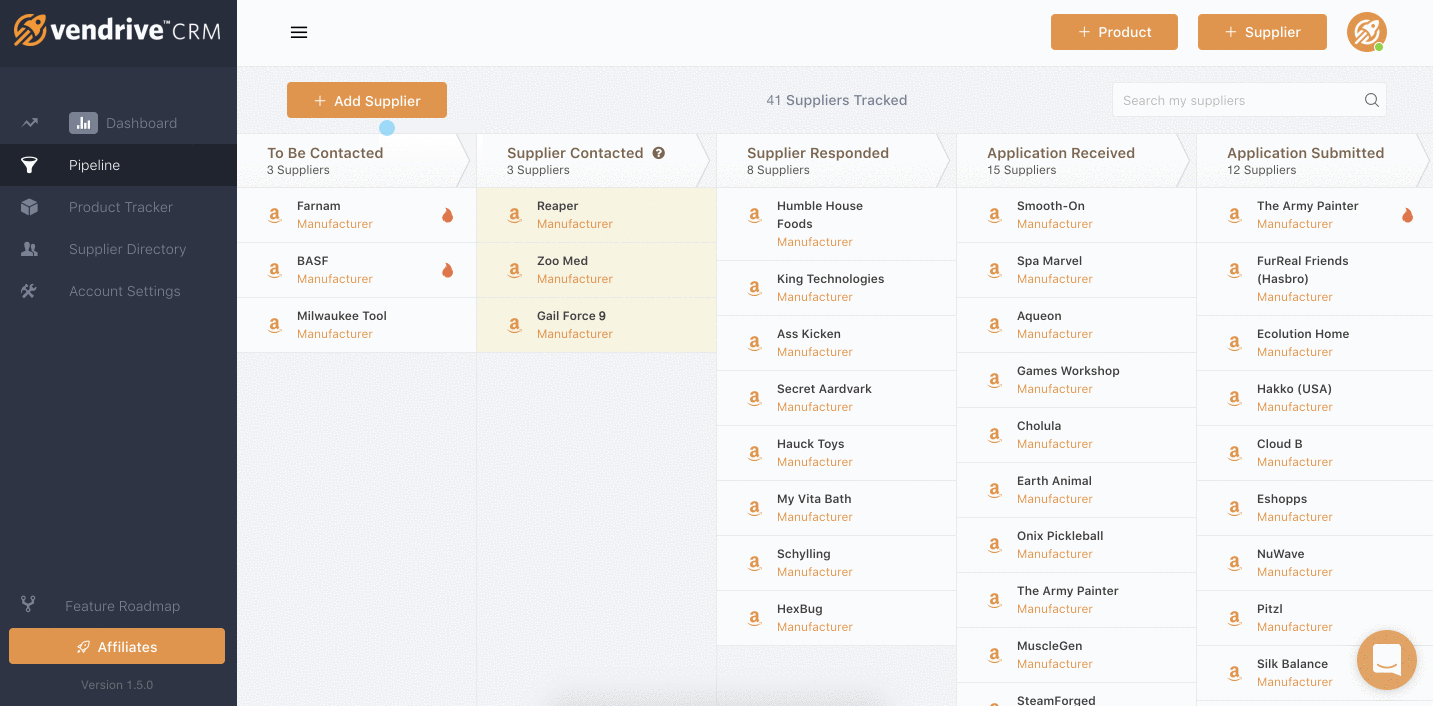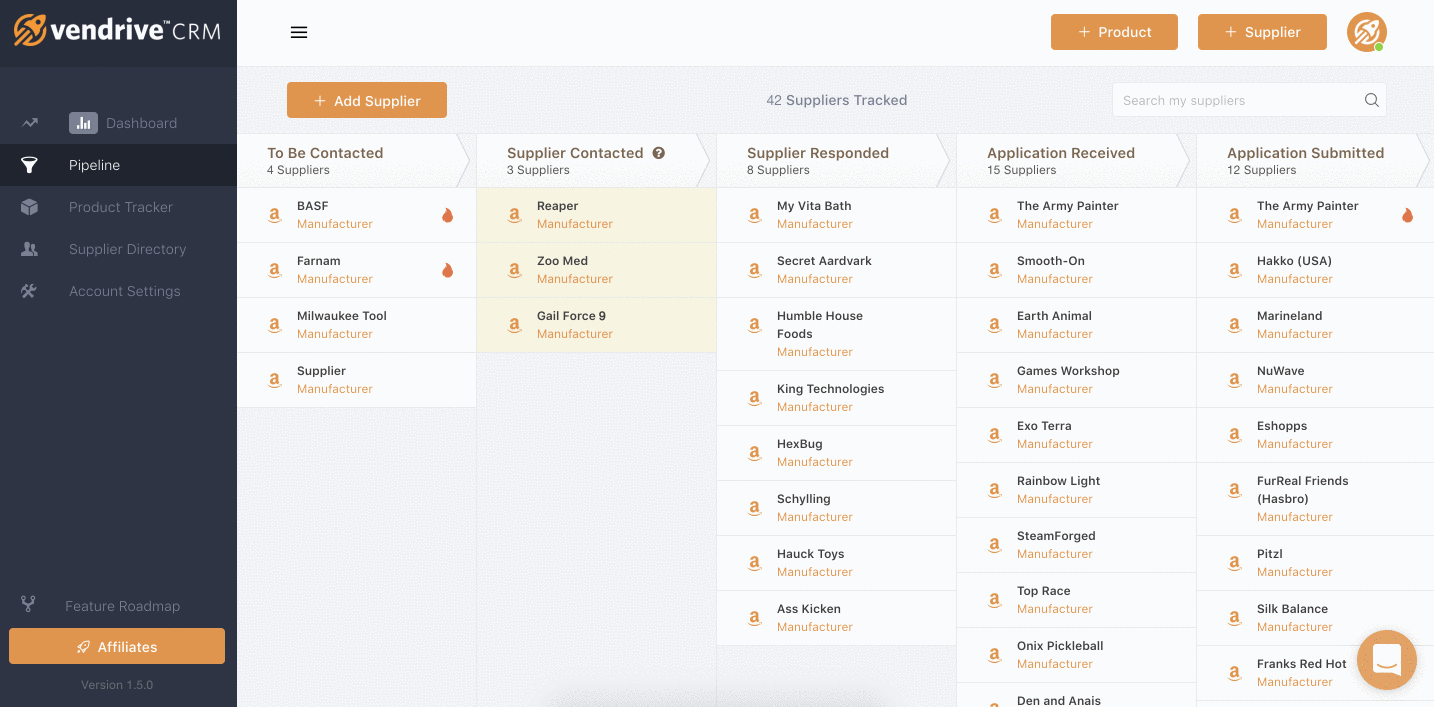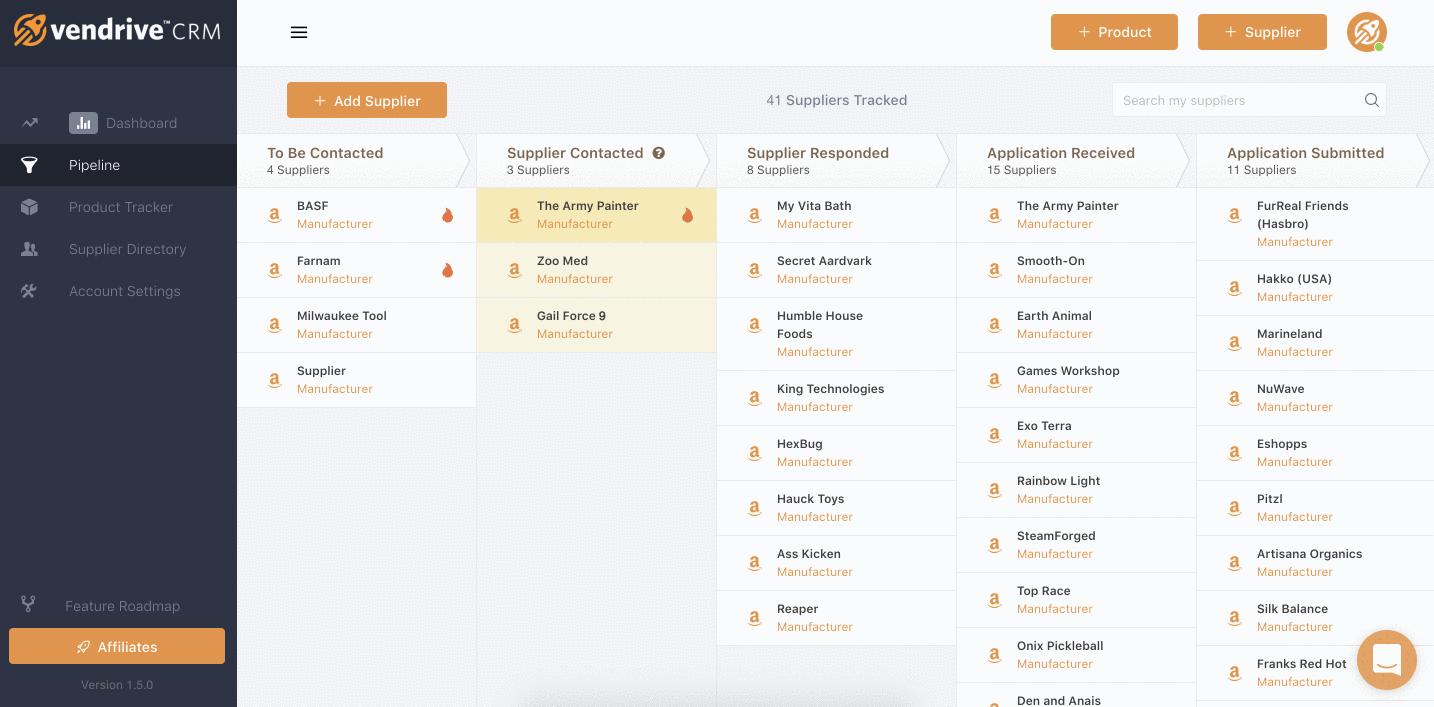
We built Vendrive for a very specific reason – we wanted to keep growing our wholesale businesses but became stagnated. After plenty of late nights, too much coffee and completely destroying borrowed whiteboards we realized it wasn’t a strategy issue, but a process issue.
We knew how to consistently find new suppliers, but there was a breaking point along the way of finding suppliers and then placing our first orders with them.
Because we’re huge nerds we mapped out our entire process dealing with “onboarding” suppliers we wanted to work with. Here’s what that typically looked like – find interesting products on Amazon that’s already doing well, find contact information and immediately call them.
Sometimes they answered sometimes they never did.
Although it was a simple process it was flawed in many ways.
It doesn’t take much Googling on productivity to realize one of the best methods for getting a lot done in a short period of time is batching similar tasks.
Which if you read our simple strategy above even half asleep you’ll realize the massive issue. Instead of batching each section of our sourcing process, we were doing it too linearly. I thought we were smart, until this realization.
Our second flaw was not having a “hub” to work from. It was very easy for things to get lost, tasks to fall aside and applications never filled out. It seems easy, but when you’re growing a company to $250,000+ in annual sales, you’re kind of dealing with a lot. Even below that amount of sales is still a lot to remember.
I personally tested Gmail folders, Google Sheets and a few other hacked-together attempts at solutions, but things continued to be dropped, which lead to a decrease in growth.
So two massive issues so far – 1. the process itself was flawed and inefficient, 2. constantly losing track of where each supplier was within my pipeline.
Realizing we needed a custom solution we began building a tool that would immediately fix those two major issues so we could continue having 30% month over month growth with our wholesale businesses.
What we built would eventually become Vendrive as you see it today – getting consistently better over time thanks to some amazing users!
How to use batching within Vendrive to immediately increase your monthly growth
Because Vendrive was built by Amazon sellers who slightly geek out with productivity (we’re both full-time college students and run successful six and seven-figure Amazon businesses) we made sure it was set up to use productivity “hacks” like batching.
Here’s how that works….
Step 1 – Having everything laid out clearly
It’s incredibly easy to become overwhelmed with everything you need to do.
Prioritization and batching are incredible tools to help you begin the processing of your tasks, but knowing, at a high level where your business is at and what are the levers you need to pull for the most progress each and every day is a key element to succeeding growing a wholesale Amazon business.
Logging into your Vendrive account for the first time you’ll immediately notice the dashboard layout.
This dashboard was created so we could easily zoom out of our day to day hustle to really see where the business is at as a whole, at least from the sourcing and growth side.

For me personally, when I see that my “To Be Contacted” number is below 20, I know that I’m slacking on adding doing the research side of sourcing new suppliers.
Even more important to me is keeping the “Awaiting Application” number as low as possible. Even waiting on one supplier for an application tells me I need to either check my email for the application, as it could have been sent overnight or early that morning, or that I need to make some phone calls and follow up.
Without having this key information in front of you, it’s incredibly difficult to know if your wholesale business is growing or is in a position for massive growth.
Step 2 – Finding awesome products on Amazon and adding suppliers
Hands down the hardest step in this whole process is finding amazing wholesale inventory to carry, which we share exactly how to do here.
In this batching phase, all we’re doing is adding suppliers contact information to our pipeline within Vendrive. No sending emails, no phone calls just keep it simple and fill your pipeline.

Because Vendrive is a CRM (Customer Relationship Management) tool, we use key features like the notes section to add very important data.
Personally, I always add the ASIN as a note so whenever I pull up a supplier to call for the first time, I never have to remember or search for which product I want to purchase.
Instead, I have it pulled up, easily accessible and it allows me to quickly move through conversation with confidence, ease and ultimately success in getting the account.

Step 3 – Effectively moving each supplier forward with priority
Not every supplier you reach out to is important. Using the 80/20 analysis you’ll quickly realize that 20% of the suppliers you work with will generate 80% of your monthly sales.
We have the “Hot” feature to allow you to quickly focus on your most important, high priority suppliers to move forward before working on any others.

Once you’ve moved all of your priority suppliers forward from initial outreach to Application Submitted/Accepted and initial order placed, you’ll then shift your focus on moving forward the rest of the suppliers in your pipeline.
If you’ve ever read an article on growing a business one of the key topics discussed is measuring using KPIs.
For some companies, successful KPIs are daily downloads, new email subscribers or daily sales, but for growing a wholesale business on Amazon, our KPIs are Suppliers Contacted Weekly, Suppliers Successfully Added Per Week and Monthly Sales.
Vendrive’s dashboard gives you access to this key information without you having to manually do the work. Even better, you can quickly take action on that data which is the point of measuring anything, to begin with.
I hope this post has helped you gain a better insight into how we solved our own growth issues, breaking down the process to make it better and how Vendrive solves those specific issues.






About The Author: Dillon Carter
Hi, with James, we're building Amazon tools that we wish we had when starting our own companies. We love tech, coffee, building systems and all things Amazon.
More posts by Dillon Carter